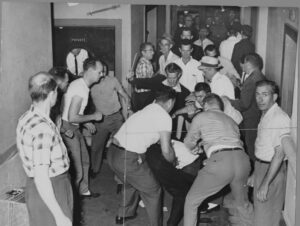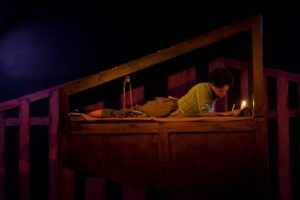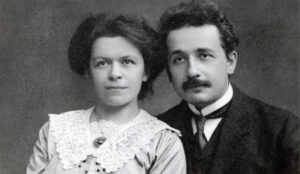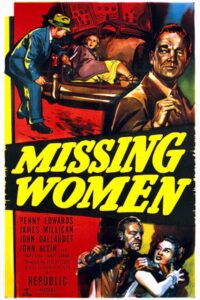Devoting her life to racial uplift, Mary Church Terrell exemplified what she called being a “black club woman.” The rise of other black clubwomen occurred as middle class African Americans grew tired of the oppression placed upon them by Jim Crow laws. Through education and activism, these women sought to fight for social reform. In “What Role is the Educated Colored Woman to Play” (1902), Terrell dictates the primary focus of black clubwomen. She states:
“Carefully and conscientiously, we shall study the questions, which affect race most deeply directly… we shall protest with such force of logic and intensity of the soul that those who oppress us will either cease to disavow the inalienability and equality of equality of human rights…”
Through Terrell’s writing, we see characters who embody the values that black clubwomen exemplify. In her story “Betsy’s Borrowed Baby,” Betsy travels via the trains Jim Crow car, and is assaulted by a white man during the trip. After rebutting him, the conductor (who would be seen as an authoritative figure, protective) claims that the man was only joking, stating “Why, you’re a regular Mrs. Jack Johnson,” “He just wanted to see what kind of stuff you were made of” (Terrell, 49) Through this, the conductor not only plays off the man’s remarks but also likens Betsy to the famous boxer Jack Johnson, noted for his interracial relationships and boxing prowess. I found this comparison interesting, as I believe its implications are twofold. On one hand, Betsy’s fending off of her assaulter is alike to the way Jack Johnson fights off his opponents. On the other hand, while Johnson fights for sport, Betsy is fighting for her personal safety and possibly for her life. Also in this comparison, I feel as if the conductor is removing Betsy’s agency in defending herself. Claiming that defending herself is acting like Jack Johnson makes her actions seem less like her own, and more like placing her in the shadow of a man, removing her agency as a black woman.
The writing on transportation made me think of the Freedom Rider attacks in 1961. The attacks came as a result of many things, one of which was the landmark Supreme Court case Plessy V. Ferguson (1896). The Freedom Rides were interracial bus rides through the American south, in the height of racial segregation. The presence of the Ku Klux Klan throughout the south posed as one of the many horrific dangers faced by the riders, as well as non-Klan members who still demonstrated violence against those seeking to challenge segregation.

Freedom Riders beaten by white people in Birmingham.
In the modern day, what Terrell’s work reflected to me was the recent problem posed in Florida regarding the AP African American studies course that was banned from being taught in schools, with the Department of Education citing that the course teaches Critical Race Theory and would introduce students to a political agenda. According to Christopher Tinson, chair of the African American Studies department at SLU, the course includes “nothing particularly ideological about the course except that we value the experiences of African people in the United States.” (https://www.npr.org/2023/01/22/1150259944/florida-rejects-ap-class-african-american-studies) The rejection of this course directly contradicts the goals of Terrell’s black clubwomen, all these decades later. It is clear that while progress has been made in hopes of challenging the oppression of racial segregation, there is still so much left to be challenged. Learning and understanding the history of African Americans in the United States would be essential in the eyes of Terrell and all of black society.






